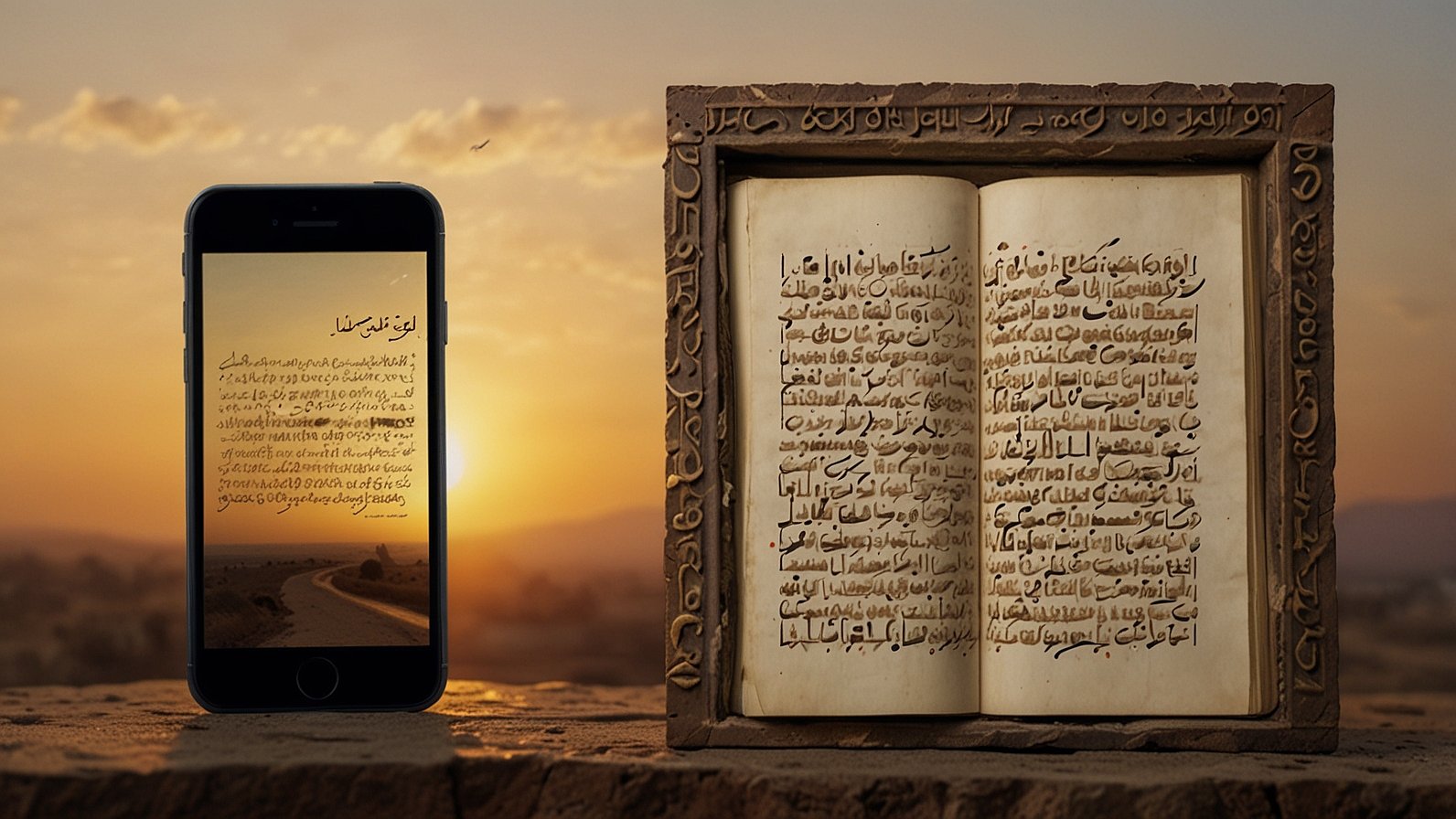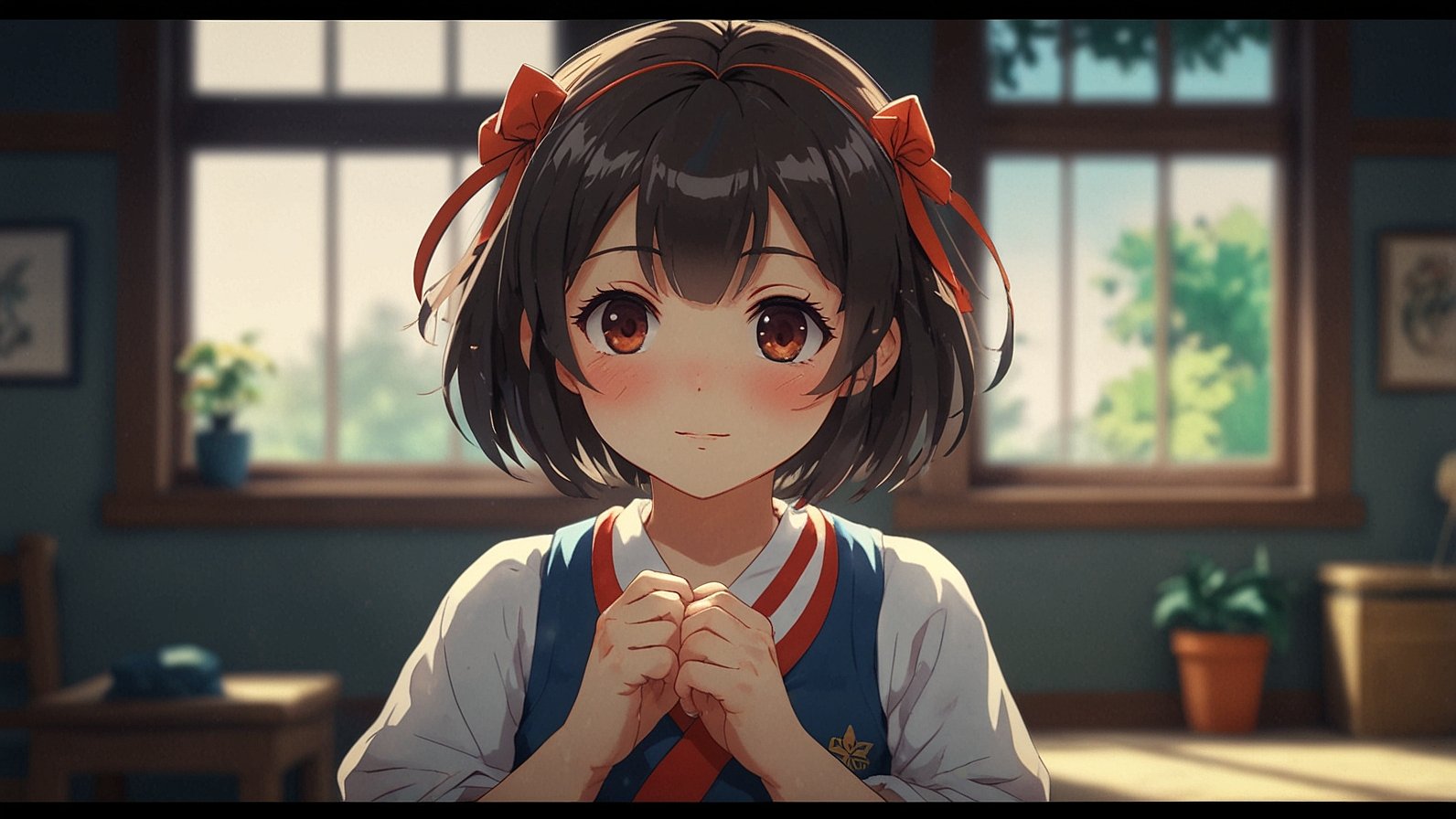We’ve all been there. Staring at a screen, overwhelmed by a project. Facing a setback that shakes our confidence. In these moments, a long lecture rarely helps. But what about a single, powerful line of poetry? A couplet that acts like a bolt of lightning, jolting you back to your senses and reminding you of your own strength. This is the magic of motivational shayari. Far more than just a quote, it is a centuries-old tradition of poetic encouragement, perfectly repackaged for our fast-paced modern lives. It’s the literary equivalent of a deep breath and a firm, compassionate push forward.
This art form takes the profound depth of Urdu and Hindi poetry and distills it into concise, emotionally charged verses. These lines are designed to fortify your resolve, rekindle your hope, and prompt you to take that next crucial step. Let’s embark on a journey to understand the soul of this powerful medium, from its classical roots to its reign on your Instagram feed.
What Exactly is Motivational Shayari? Beyond the Quote
At its heart, motivational shayari is a specific genre within the vast universe of Urdu and Hindi poetry. It leverages traditional structures and devices not for romantic longing or philosophical melancholy, but for the explicit purpose of empowerment and action. Think of it as an emotional blueprint for resilience.
A key differentiator is its structure. Unlike a paragraph of prose, a shayari is built on rhythm (wazn), rhyme (qafiya), and a central theme (maqta). The most common form is the sher (couplet), a two-line verse that is often self-contained, delivering a complete thought or emotion. A collection of couplets around a single theme forms a nazm (poem). The beauty of the sher lies in its density; every word carries weight, creating a punchy, memorable impact that sticks with you throughout the day.
The Poetic Toolkit: How a Shayari Motivates
How can a few simple words hold so much power? The secret lies in the deliberate use of poetic devices that speak directly to the heart. Motivational shayari doesn’t just tell you to “be strong”; it shows you what strength looks like through vivid imagery.
- Metaphor (Istaara): This is the lifeblood of shayari. Challenges become “storms” (toofan) that you must navigate. Perseverance is a “lamp” (chirag) that continues to burn despite the wind. The self is an “ocean” (samandar) of untapped potential. These metaphors translate abstract concepts into tangible, powerful images.
- Symbolism (Rumuz): Common symbols carry deep meaning. The dawn (subah) symbolizes new beginnings. The mountain (pahaad) represents monumental obstacles. The flame (shama) signifies self-sacrifice and unwavering light. Understanding these symbols unlocks a deeper layer of meaning.
- Simple, Resonant Language: While classical poetry can be complex, the best motivational shayari prioritizes accessibility. The language is straightforward and emotionally resonant, ensuring the message isn’t lost in translation. This is why it connects so deeply with people from all walks of life.
The following table breaks down how these elements work together to create a powerful effect:
| Poetic Device | Example in Roman Hindi/Urdu | English Translation | The Motivational Impact |
|---|---|---|---|
| Metaphor (Istaara) | “Tu nikal ke dekhe to sahi, hai kitna asaan safar.” | “You step out and see, how easy the journey is.” | The “journey” is a metaphor for any challenge. The verse minimizes the perceived obstacle, encouraging action. |
| Symbolism (Rumuz) | “Andheron se na ghabrana, chirag jalte rahene do.” | “Don’t be afraid of the darkness, just let the lamps keep burning.” | “Darkness” symbolizes hardship; “lamps” symbolize hope and persistent effort. It’s a call to steady perseverance. |
| Direct Address & Question | “Kyun darta hai aasmaan se, tu apni udaan to dekhe.” | “Why do you fear the sky? You should see your own flight.” | The direct question challenges the reader’s self-doubt. It prompts introspection and a recognition of one’s own capabilities. |
From Manuscript to Mass Media: The Digital Life of Shayari
The journey of motivational shayari from scholarly gatherings (mushairas) to smartphone screens is a story of perfect adaptation. The inherent brevity of the sher makes it ideal for the attention economy of social media. A couplet can be consumed, understood, and internalized in seconds, yet its effect can last for hours.
Platforms like WhatsApp, Instagram, and Facebook have become the new-age mushairas. People use these verses as:
- WhatsApp Statuses: A daily dose of personal motivation shared with one’s circle.
- Instagram Captions: Adding depth and cultural nuance to personal achievement posts or scenic photos.
- Shareable Graphics: Beautifully designed images with calligraphic text that go viral, spreading inspiration far and wide.
This digital repurposing hasn’t diluted its essence; instead, it has given an ancient art form a global microphone. The core function remains the same: to provide a quick, positive emotional impact and a moment of reflection amidst the digital noise.
Finding Your Anthem: A Guide to Occasion-Specific Shayari
One of the great strengths of this genre is its specificity. There is a perfect sher for nearly every challenging situation. Here’s a quick guide to finding the right verse for your moment.
For Overcoming Failure:
Verses here focus on resilience. They remind you that falling is part of the process, but rising is the true goal. Look for imagery of phoenixes, light after darkness, and the strengthening nature of struggle.
For Building Self-Confidence:
This shayari acts as a pep talk. It challenges self-doubt and highlights your innate potential. It often uses metaphors of eagles flying high, diamonds formed under pressure, and vast oceans within.
For Starting Anew:
Whether it’s a new project, a new habit, or a new phase of life, these verses celebrate beginnings. They are filled with symbols of dawn, new paths, and the excitement of the first step.
| Occasion | Example Shayari (Roman) | English Translation | Why It Works |
|---|---|---|---|
| When You Feel Stuck | “Rukna nahi hai kabhi manzil ke liye, thak kar baith gaya to jeet adhuri hai.” | “Never stop for the destination; if you sit down tired, victory will remain incomplete.” | It reframes tiredness not as a reason to quit, but as a sign to push through to the ultimate goal. |
| When Facing Criticism | “Log kya kahenge ye soch kar humne, kitne khwaishein maare hai dil mein dafan.” | “Thinking about what people will say, I have buried so many desires in my heart.” | It directly addresses a universal fear, encouraging the reader to break free from the opinions of others. |
| For Daily Perseverance | “Haathon mein chaand sitare hon, par mehnat ki aadat ho; Kismet pe na ho bharosa, kismat ki aadat ho.” | “May you have the moon and stars in your hands, but may you be accustomed to hard work; Don’t rely on fate, may you be accustomed to making your own luck.” | It beautifully balances ambition with the essential foundation of consistent hard work and self-reliance. |
The Timeless Resonance: Why This Poetry Still Works
In a world saturated with self-help books and motivational speakers, why does a simple couplet still hold such sway? The answer lies in its combination of artistic beauty and emotional precision. A motivational shayari doesn’t over-explain. It offers a seed of thought that blooms in the reader’s own mind, making the insight feel personal and earned. It’s a collaboration between the poet and the reader.
Furthermore, its cultural roots give it a sense of authenticity and shared heritage. When you share a verse by a legendary poet like Allama Iqbal, you are tapping into a deep well of wisdom that has guided generations. You are not just sharing a quote; you are sharing a piece of cultural soul.
Your Story, Their Verse
The true power of motivational shayari lies in its ability to become a personal anthem. A verse that means one thing to the world can mean something uniquely powerful to you. So, the next time you need a spark, don’t just search for a generic quote. Delve into the rich world of shayari. Find the couplet that speaks your unspoken thoughts and fuels your quiet resolve. Share it, reflect on it, and let it be the gentle yet firm nudge that helps you write your own story of perseverance.
You May Also Read: puppygirlxd: How a Playful Persona Unleashed Pet Play for the Mainstream Meme Age
FAQs
I don’t understand Urdu/Hindi well. Can I still appreciate motivational shayari?
Absolutely. Many popular shayaris are written in simple, accessible Hindustani that is widely understood. Furthermore, a vast number of accounts and websites provide excellent Roman transliterations and accurate English translations, making the art form available to everyone.
Who are some of the most famous poets for motivational shayari?
Allama Iqbal is perhaps the most revered, known for his deeply philosophical and empowering poetry that urged self-realization (khudi). Other notable names include Harivansh Rai Bachchan (especially his Madhushala), and contemporary poets like Rahat Indori and Kumar Vishwas, who have a massive modern following.
How is a shayari different from a quote or a slogan?
While a slogan is designed for mass persuasion and a quote is a memorable excerpt from a speech or text, a shayari is a self-contained work of art. Its power comes from its adherence to poetic meter, its use of metaphor, and its ability to convey multiple layers of meaning in a very concise form. It’s crafted for emotional and aesthetic impact, not just messaging.
Where can I find good motivational shayari daily?
Instagram and Pinterest are excellent platforms. Follow hashtags like #MotivationalShayari, #UrduPoetry, and #Shayari. Many dedicated pages post daily verses with beautiful graphics. There are also numerous websites and YouTube channels dedicated to reciting and explaining shayari.
Can I write my own motivational shayari?
Of course! While mastering the classical meter takes time, the spirit of shayari is about expressing a true emotion. Start by focusing on a single, clear feeling or message you want to convey. Try to express it not directly, but through a simple metaphor or image. The most important ingredient is authenticity.
Is motivational shayari only about serious, deep topics?
Not at all. While it often deals with resilience and struggle, it can also be playful, witty, and focused on the joys of life, love, and small victories. The motivational aspect is broad, encompassing anything that provokes a positive thought or action.
How can I use shayari in my daily life for a real boost?
Choose a “sher of the day.” Write it on a sticky note on your desk, set it as your phone’s wallpaper, or repeat it to yourself during a morning walk. Let that one couplet be your mantra for the day, and reflect on its meaning as you face different situations.










